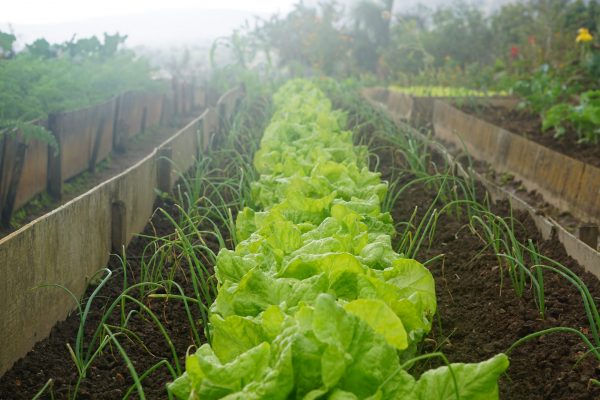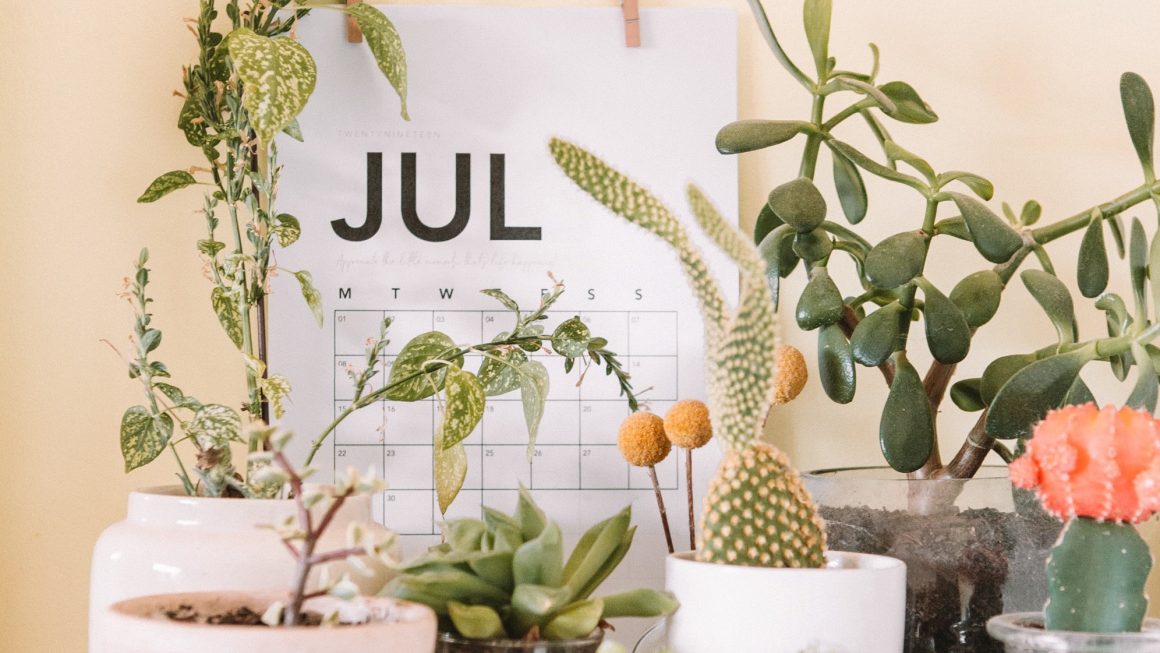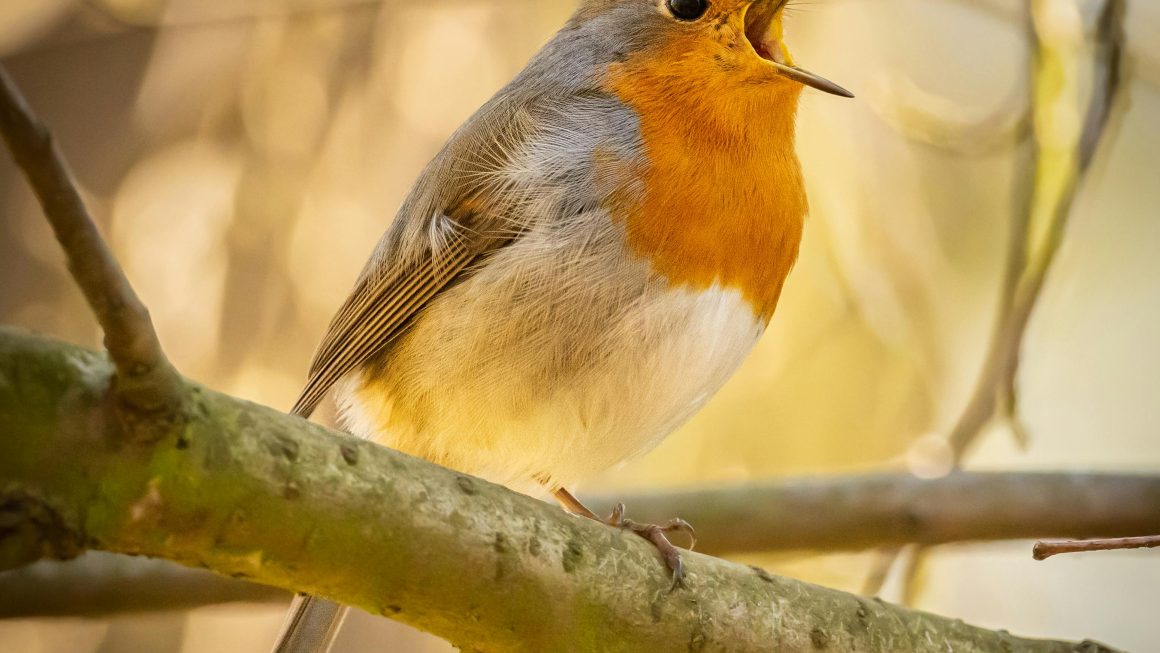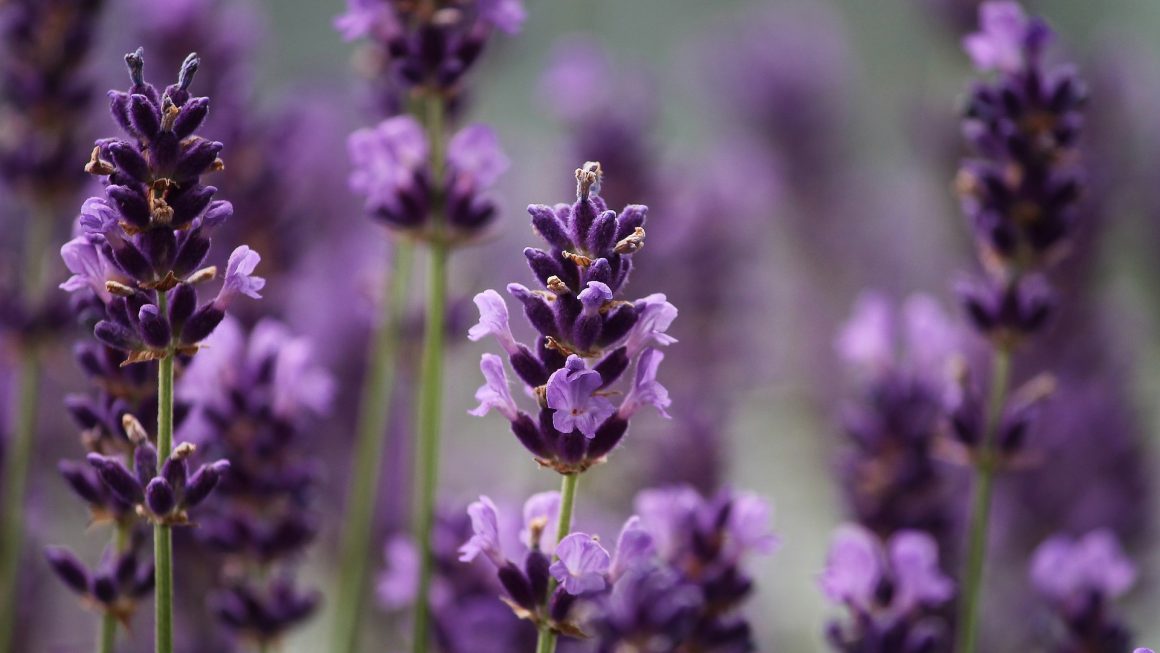This post may contain affiliate links. Please see my disclosure policy to learn more.
“Grow a Garden from Kitchen Scraps!
Did you know many of the veggie scraps you usually toss or compost can actually be replanted? With grocery prices on the rise, regrowing your own produce is a simple way to save money—and it’s surprisingly easy. Plus, several of these plants make great additions to your indoor space as houseplants!”
Celery
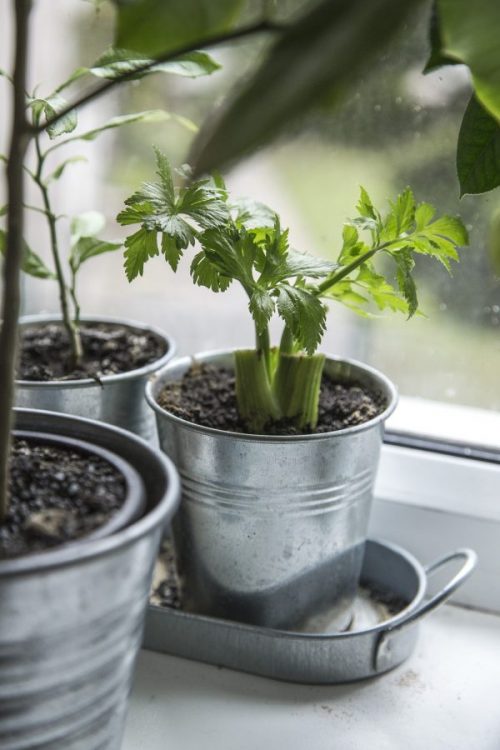
One of the easiest vegetables to grow yourself is celery. Simply cut off the bottom portion or base of your celery and place it in a small bowl or cup with warm water. Water should cover just the bottom of the celery; do not submerge it. Place in a sunny location and within a couple of days, you will see new growth coming up from the middle. In about a week, the new growth should be thicker and greener, and it will be time to plant in the soil. You can grow it in a pot, either indoors or outdoors, or plant it directly in your garden. Celery likes cooler temperatures and regular watering.
Romaine lettuce
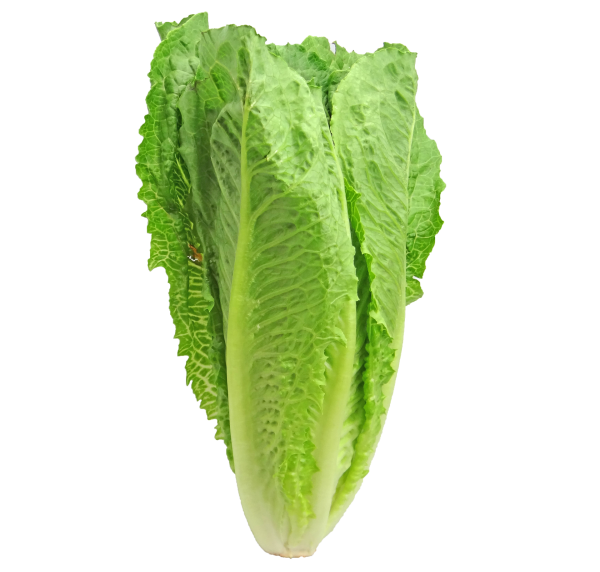
Romaine lettuce can be grown the exact same way as celery. Cut off the bottom portion and place it in water for about a week until new leaves form. Then you can plant in soil or leave it in the water indoors; this can be done year-round. You will need to change the water every couple of days, but you should have large enough leaves to eat within 10-12 days. Planting in the soil will provide more nutrients for the lettuce and should result in more leaves being formed. This method will work for most red and green leaf lettuce.
Cabbage
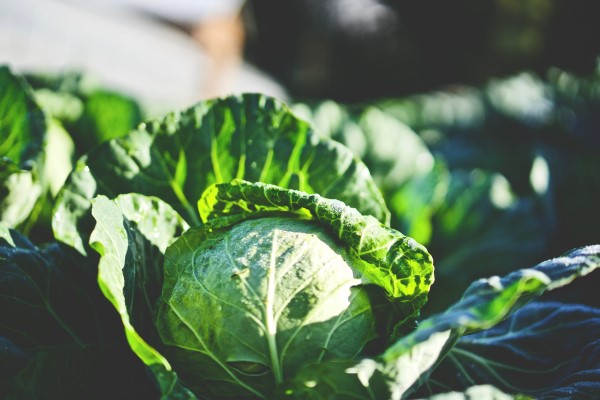
Cabbage can be grown from leftover leaves. Place cabbage leaves in a bowl with a small amount of water and place them in a sunny location. Replace the water every couple of days. When you notice roots forming, you can plant in soil, or you can continue to grow in water, the same as with the lettuce.
Green onions
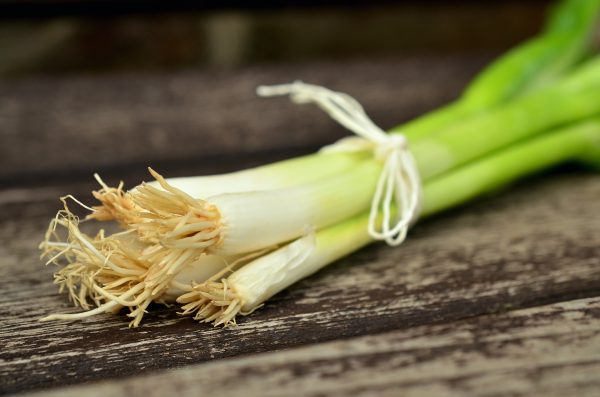
Green onions are grown similarly to celery and lettuce. After using the green portion of green onions, you can take the root portion of the green onion and place it in a cup of water, roots down, change the water out daily, and within a week or two, you will have new green tops that you can cut off and use continuously.
Garlic
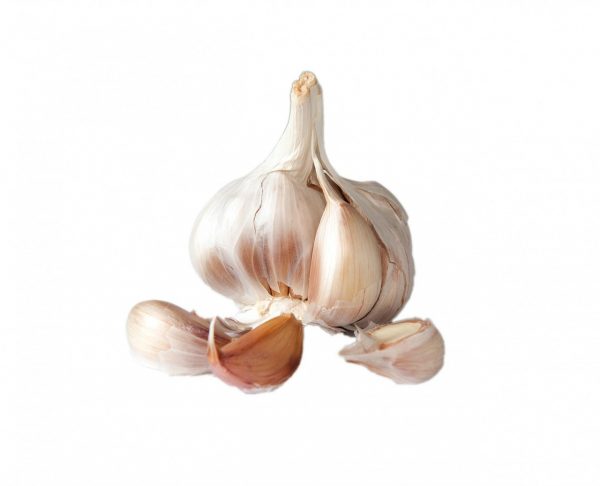
Garlic is really easy to grow, but choose organic or non-sprayed ones, as treated ones will probably not grow. Break your garlic bulb apart into separate cloves, leaving the skin on. For a summer crop, you will want to plant your garlic in the fall and cover it with straw or mulch to protect it through the winter. Plant 1-3 inches deep with the flat bottom of the garlic down and pointed end up. Plant each clove 3-4 inches apart. Water thoroughly. Harvest garlic in the summer after the foliage dies.
Potatoes
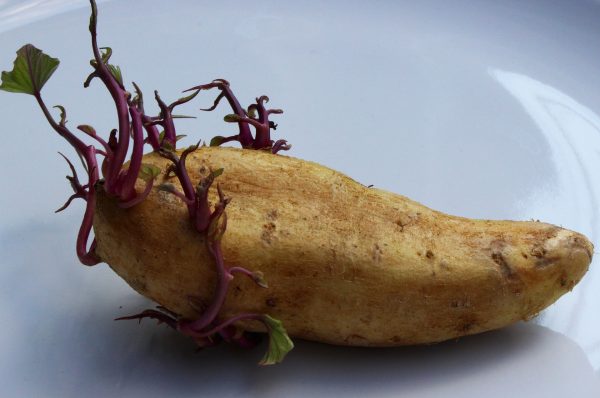
How many times have you found your potatoes have sprouted? Don’t throw them out, plant them. Potatoes should be planted outdoors in early spring, a few weeks before the last average frost in your area. If the potatoes are large and have several eyes, then you should cut them into 2-inch pieces, leaving at least one eye per piece. Let dry for a couple of days before planting outside.
Smaller potatoes can be planted whole. Dig a trench 6-8 inches deep, plant potato pieces cut side down, eyes up, 12 inches apart. Cover with 3-4 inches of dirt. In a couple of weeks, when sprouts appear, cover them with 3-4 more inches of dirt. Repeat every couple of weeks, mounding the soil up over the potatoes, creating a hill to protect the potatoes from turning green in the sunlight.
For the best potato harvest, after the plant’s foliage has died back. Cut brown foliage to the ground and wait 10-14 days to dig potatoes. Make sure to do so on a dry day.
These are some of the easiest vegetable scraps to grow on your own, but almost any vegetable or fruit can be grown from the leftovers. Experiment and have fun growing your own food.
- INDOOR SEED STARTING KIT: Complete growing set includes two 36-cell planting trays, one water reservoir tray, 72 super growing pellets, and a dome greenhouse cover. An easy and efficient way to start seeds indoors! Use to grow your favorite herbs, vegetables and flowers.
- STAY ORGANIZED: Grow kit also comes with two plant-o-gram diagrams to note which herb, flower or vegetable seeds were sown in which cells, plus six 4" plant markers to easily mark your seedling varieties. Monitor your young plants as they grow strong.
- GROW 72 SEEDLINGS: Space for up to 72 seedlings in cells measuring 1.5"W x 1.5"L x 2"D each. Entire tray is 10"W x 20"L x 5"H. Recommended for use with a heat mat to promote germination. Once sprouts emerge, use a plant grow light or place near a well-lit window.
- SEED STARTING TIP: Place coconut coir super growing pellets flat-side down, and add warm water slowly for maximum expansion. Always check your seed packets for instructions on when and how to indoor sow tomato seeds, herb seeds, flower seeds and more.
- 100% GUARANTEED: Burpee is committed to the success of all gardeners. We treat each order with care to ensure healthy seeds, plants and gardening supplies are sent in excellent condition. Loved by gardens and trusted by gardeners, Burpee has been introducing fresh garden breakthroughs since 1876. Burpee offers only the highest quality, non-GMO seeds, hand-picked by expert horticulturalists.
- 100% ORGANIC AND NON-GMO: There's no need to worry about intoxicants that may hinder your plant's growth because the Back to the Roots Mushroom Growing Kit is completely organic and not genetically modified; You can cook them however you want or add them to your favorite dishes
- GROW YOUR PLANT ALL YEAR-ROUND: This organic mushroom indoor kit allows you to grow your own crop all-year round; Just place the box near a window with indirect light, mist twice a day, and you'll see delicious, beautiful mushrooms growing within a week; Included in this kit is an organic plant-based soil infused with mushroom spawn and a booklet with instructions
- CONVENIENT AND EASY: Mushrooms are one of the easiest to grow indoors; All you need to do is open, spray daily with the included mister, and in 10 days you'll be harvesting your own mushrooms right out of the box; Each crop produces three to four servings of mushrooms, and each box can grow up two crops
- THE PERFECT GIFT: The perfect holiday gift, it comes in a beautiful packaging so that it's ready to be given to foodie, garden-loving and eco-conscious friends and family; This kit is also part of our Grow One Give One campaign, simpy share a picture on social media, tag us and use the campaign hashtag, and we'll donate a kit to a classroom of your choice
- GUARANTEED TO GROW: Made in the USA and 100% Guaranteed to grow. If you are not satisfied, simply message us and we will send you a Back To The Roots replacement
- Strawberry Mini Basin Seed Grow Kit: Includes Mini galvanized basin, seed packet, growing medium, easy, and simple growing instructions, perfect for you and your little ones!
- Instructions Included: Each plant in this grow kit comes with a soil pellet and simple instructions to start your gardening journey!
- 100% Natural & Guaranteed To Grow: We promise that your seeds will grow or we’ll replace them, so you can be confident in your gardening endeavors!
- Unique Gift: These rustic terracotta pots make great gifts, party favors, or prizes for weddings, baby showers, and other special events.
- Compact Size: These pots are designed for most indoor and outdoor spaces. Please see below for exact dimensions.
- High planting efficiency: Start an indoor herb garden with the Ahopegarden hydroponic growing system, which includes a water reservoir, an overhead LED grow light, and a circulation system that keeps the water fresh. The hydroponic setup and lighting systems allow plants to grow up to faster and healthier in controlled conditions. Simply add plant seeds, water, and nutrients to the reservoir and watch the plants grow
- 10 Pods & Water Level Window Included: This indoor grow kit with light offers 10 growing stations, The reservoir of our hydroponic vegetable garden kit also comes with a see-through water level window, so with a glance, you can see how much water is in the reservoir and when it’s time to add more water.
- 2 Growing Modes for Veggies, Fruits & Flowers: The grow light of our indoor veggie growing system features full-spectrum lamps that simulate natural sunlight, and you can choose between two different light modes (vegetables or flowers&fruit ) based on what you are growing, blue for vegetables and red for fruit. Flowers also can be grown in this indoor plant grower system
- 14.5 Inches Height-Adjustable Light Post: Our harvest indoor hydroponic garden comes with a bright grow light that can be adjusted in height as the plants grow taller. Plants can grow up to 15.3 inches. What’s more, the grow lights are on a 16-hours-on, 8-hours-off timer. So with an automatic light timer, there’s really not much you have to do to get your plants growing u
- Perfect for Family: This indoor garden plant germination kit is an ideal for families on Christmas and other holidays. This hydroponic growing kit is small enough to fit on the counter in the kitchen, which allows users to grow and vegetables indoors year-round. This indoor planter with grow light really is the that keeps on giving

